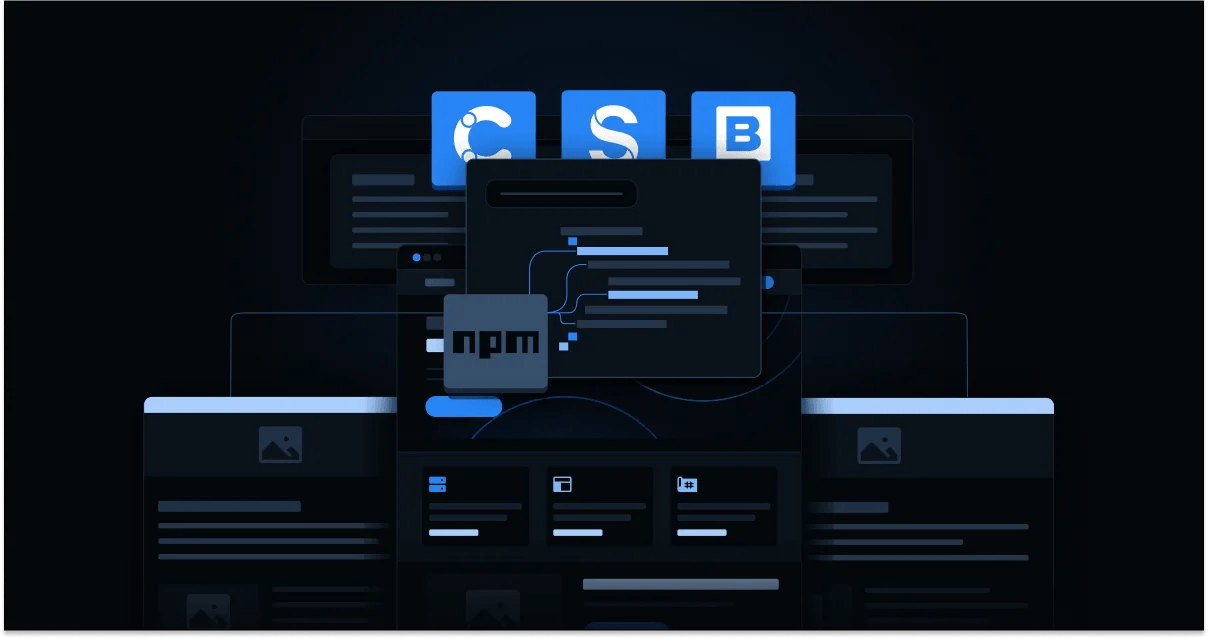Managing multiple websites can be a complex and time-consuming task, especially as your digital portfolio grows. A multisite CMS (Content Management System) offers a powerful solution by allowing you to oversee and manage all your websites from a single, centralized platform.
Whether you're looking to streamline content updates, maintain brand consistency, or quickly deploy new sites, a multisite CMS provides the tools you need to efficiently manage your online presence.
In this article, we'll explore the key features, benefits, and best practices for leveraging a multisite CMS to optimize your digital strategy.
Key Takeaways
- Multisite CMS enables centralized management of multiple websites from a single platform.
- It streamlines content creation, publication, and updates across your digital portfolio.
- Using a headless architecture, a multisite CMS allows for flexible, omnichannel content delivery.
- With a multisite CMS, you can quickly run new sites, share content and assets, and maintain control over permissions and user access.
What is a Multisite CMS?
A multisite CMS, or multi-tenant content management system, is a powerful platform that allows organizations to manage multiple websites from a single interface.
Unlike traditional content management systems, where each website requires its own dedicated instance, a multisite CMS enables you to oversee your entire digital portfolio through a centralized system. This approach is particularly beneficial for businesses that operate multiple brands, regional sites, or product-specific pages.
With 47% of businesses currently using multiple content management systems, a multisite CMS can consolidate these into one centralized platform, simplifying management and reducing complexity.
At its core, a multisite CMS is designed to provide a unified approach to content management, allowing you to share content, assets, and user permissions across all your sites. This ensures brand consistency and streamlines content workflows.
Additionally, a multisite CMS often includes features like cross-site search, multi-language support, and the ability to easily duplicate and clone site structures. These capabilities enhance the efficiency of your digital operations.
If you're debating whether to create single or multiple web properties, the possibility of using multisite CMS may have a significant impact on your decision.
Benefits of Using a Multisite CMS
Over 76 million websites use a content management system. Implementing a multisite content management system (CMS) offers organizations numerous advantages in managing their digital portfolio of multiple websites. By using a unified platform, businesses can streamline their online presence and access a range of benefits:
- Centralized Management: Oversee all websites from a single administrative interface, simplifying user access and permissions while ensuring brand consistency across digital properties.
- Efficient Content Sharing: Share content, assets, and templates across sites, reducing duplication and saving time, which leads to a cohesive user experience.
- Cost-Effective Solutions: Minimize the need for multiple CMS platforms and development partners, resulting in significant cost savings for the organization.
- Scalability and Flexibility: Easily accommodate new websites as the business grows, allowing for seamless expansion without the hassle of maintaining separate CMS instances.
- Improved SEO Management: Centralize SEO strategies across all sites, enhancing visibility and performance in search engine results.
- Enhanced Security: Streamline security management with centralized updates and monitoring, ensuring all sites are protected against vulnerabilities.
- Simplified Compliance: Maintain consistent compliance with regulations across all sites, making it easier to manage audits and reporting.
These advantages make a multisite CMS a compelling choice for businesses seeking to streamline their online presence and drive greater operational efficiency.
Key Features of a Multisite CMS
When managing multiple websites through a centralized platform, certain key features can significantly enhance efficiency and effectiveness. Here are the essential capabilities of a multisite CMS:
- System Integrations: Seamlessly connect with other business tools and platforms, creating a cohesive digital ecosystem that maximizes existing technology investments.
- Customization Options: Tailor the design and functionality of individual sites while preserving overall brand consistency, allowing for a unique user experience across different properties.
- Multi-Language Support: Manage and deliver content in multiple languages, catering to diverse audiences and enhancing global reach.
- Scalable Architecture: Easily add new websites or microsites as the organization grows, accommodating expansion without significant infrastructure changes.
- Cross-Site Analytics: Access performance insights across all web properties through centralized reporting tools, enabling data-driven decision-making.
Why Choose Headless for Multisite CMS
91% of organizations plan to increase their headless CMS usage in the next year. When managing multiple websites, pairing a multisite CMS with a headless architecture can offer significant advantages.
In a multisite headless CMS setup, content is decoupled from the presentation layer, allowing teams to create and manage content centrally and publish it to various digital touchpoints, including websites, mobile apps, and other channels.
This composable approach enables greater flexibility, scalability, and omnichannel content delivery. Through using a headless multisite CMS, companies can streamline content creation and distribution across multiple sites, ensure consistent branding and user experience on all digital channels, rapidly deploy new websites or update existing ones without affecting other sites, and future-proof their digital infrastructure.
- Streamline content creation and distribution across multiple sites
- Ensure consistent branding and user experience on all digital channels
- Rapidly deploy new websites or update existing ones without affecting other sites
- Future-proof digital infrastructure and remain agile
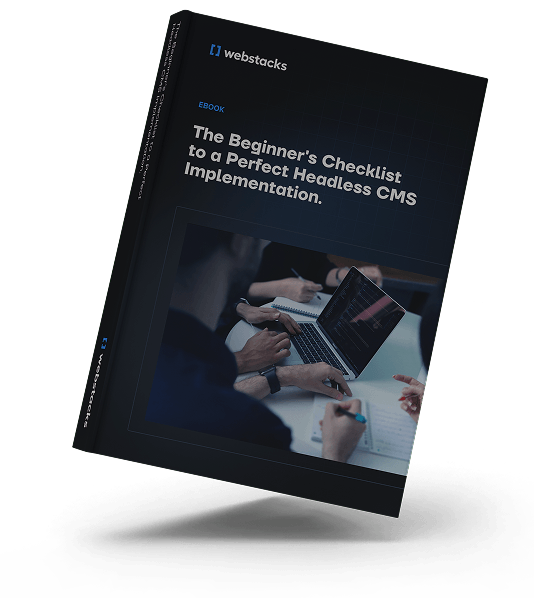
How to Choose the Right Multisite CMS Platform

How to Choose the Best CMS For Your B2B Website
Selecting the right multisite CMS platform is crucial for managing your digital portfolio efficiently.
When evaluating potential CMS options, there are several key factors to consider:
- Scalability: Ensure the multisite CMS can accommodate the growth of your digital presence, including the ability to easily add new websites as your needs evolve.
- Integrations: Assess the platform's capabilities to seamlessly integrate with other business tools and systems, such as e-commerce, marketing automation, and analytics.
- Security and Compliance: Prioritize a CMS that provides security features and enables compliance with relevant data privacy regulations, ensuring the protection of your sensitive information.
- Customization Options: Evaluate the level of flexibility the platform offers to tailor individual websites while maintaining brand consistency across your digital content ecosystem.
- User Management: Confirm that the CMS offers centralized user permissions and access control, allowing you to efficiently manage user roles and permissions across all your sites.
Carefully considering these factors can identify the multisite CMS platform that best aligns with your organization's features, integration, scalability, security, and compliance requirements, ensuring a seamless and effective digital presence management experience.
Best Practices for Managing Multiple Websites with a CMS
To effectively manage multiple websites using a multisite CMS, organizations should follow these best practices:
Centralized Management
Maintain a centralized control panel to efficiently manage all your websites from a single location. This allows you to easily update content, apply design changes, and monitor performance across your entire web presence.
Streamlined Workflow
Implement a streamlined workflow that enables your team to collaborate seamlessly and publish content quickly. Use features like role-based permissions, content approval processes, and version control to ensure a smooth and efficient content management process.
Cost Efficiency
A multisite CMS can help you achieve cost efficiency by consolidating your web management efforts and reducing the need for multiple servers, hosting plans, and software licenses. This can lead to significant savings in the long run.
Scalability and Flexibility
Choose a multisite CMS that offers scalability and flexibility to accommodate your organization's growth and changing needs. Look for features like multi-language support, easy addition of new sites, and the ability to customize the platform to fit your unique requirements.
Customization Options
Explore the customization options offered by your multisite CMS to tailor the platform to your brand, design, and functional requirements. This allows you to maintain a consistent brand identity and user experience across all your websites.
Popular Multisite CMS Platforms
Several leading enterprise content management systems offer strong multisite capabilities to help organizations efficiently manage their digital portfolios. Some popular multisite CMS platforms include:
Contentful
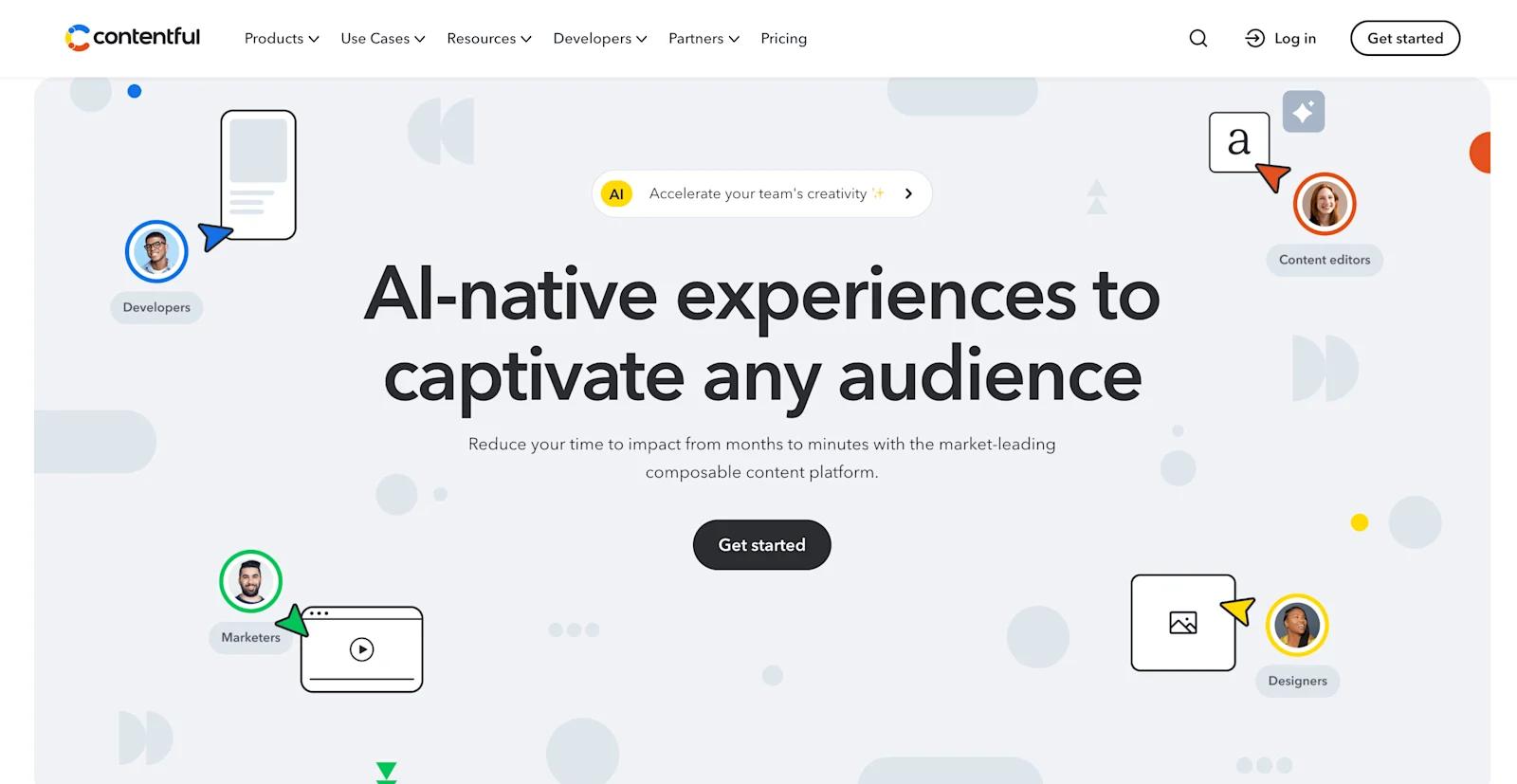
contentful website
Contentful is a content-as-a-service (CaaS) platform used by 8680 companies that provides a flexible and scalable solution for managing content across multiple websites. Its headless architecture allows for seamless integration with various front-end technologies, making it a popular choice for organizations with complex digital ecosystems.
Sanity
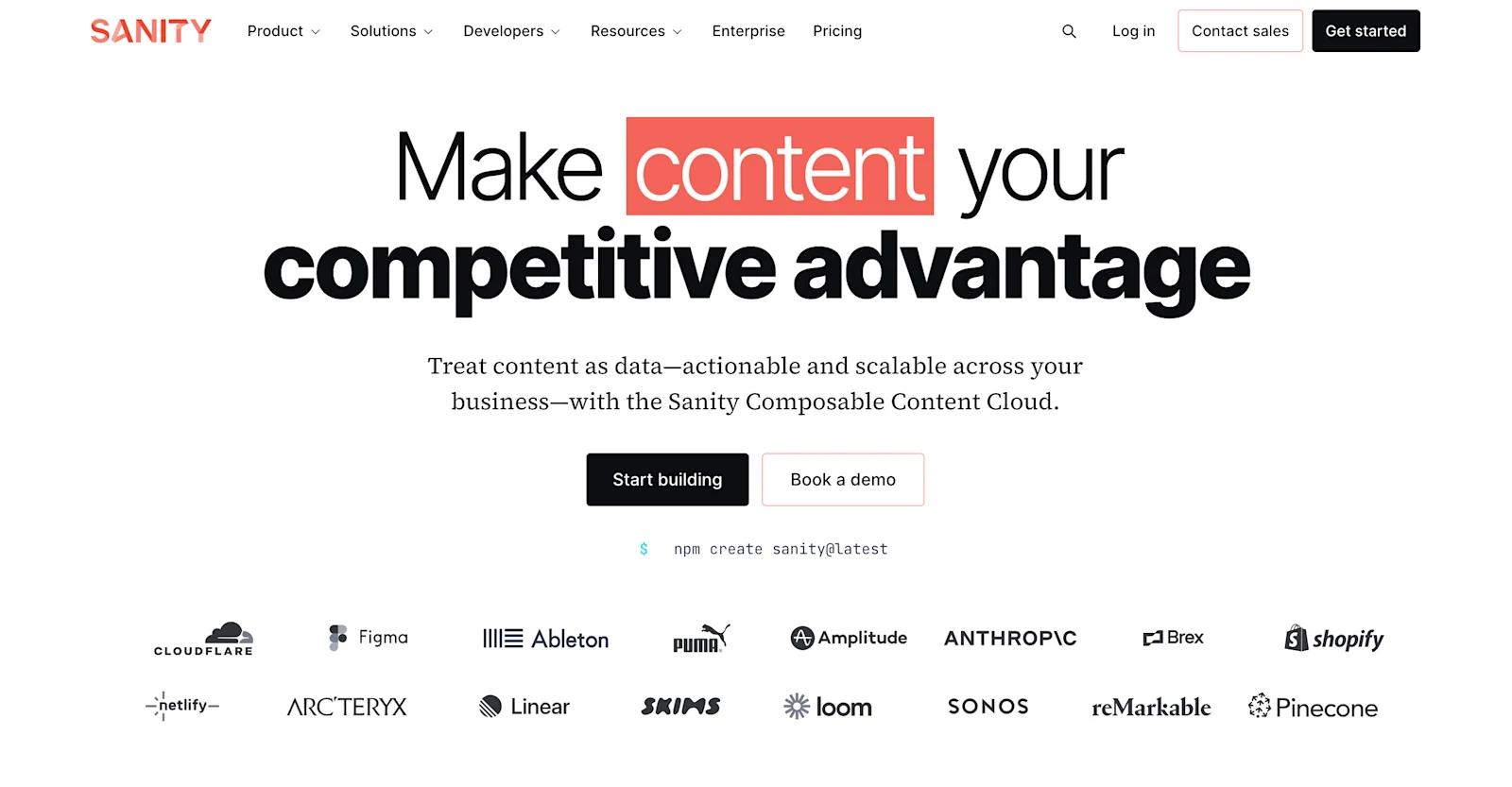
sanity website
Sanity is a headless CMS that offers advanced multisite capabilities, including the ability to manage content, media, and settings across multiple sites from a single platform. Its intuitive interface and powerful API make it a versatile option for businesses of all sizes.
Storyblok
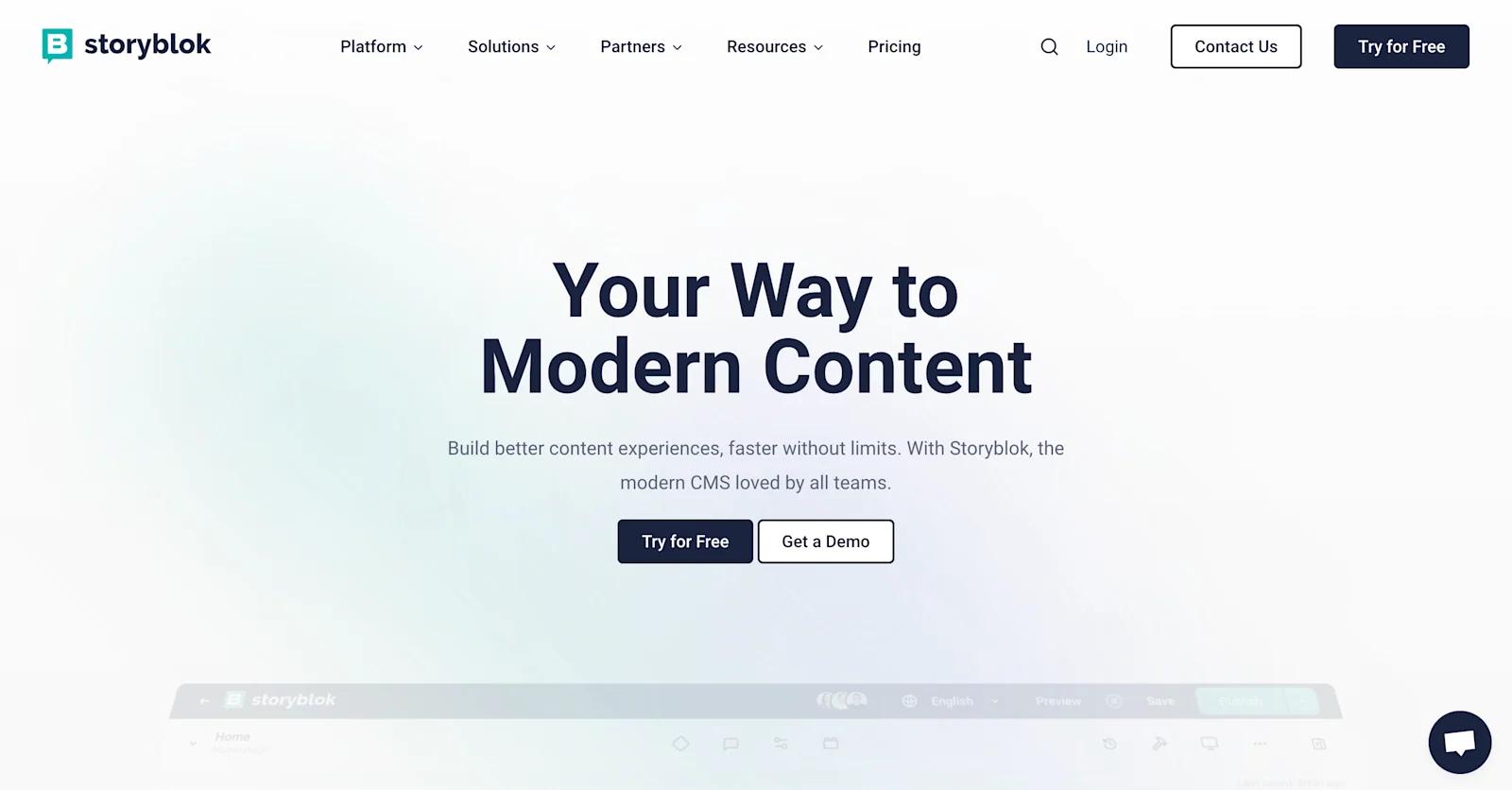
storyblok website
Storyblok is a headless CMS that specializes in multisite management, providing users with a user-friendly interface and powerful tools for creating and publishing content across multiple web properties. Its flexible content modeling and seamless integration with various front-end technologies make it a popular choice for enterprise-level organizations.
Challenges and Solutions
While multisite CMS platforms offer numerous benefits, organizations may face certain challenges when managing multiple websites. These include content synchronization, new site deployment, and maintaining brand consistency across all digital properties.
Common Issues in Multisite CMS
- Content Synchronization: Ensuring that content updates are seamlessly reflected across all sites can be a complex task, especially as the number of websites grows.
- New Site Deployment: Deploying a new website within a multisite CMS can be time-consuming and may require significant technical expertise.
- Brand Consistency: Presenting a brand consistently across all platforms can increase revenue by up to 23%. However, maintaining a consistent brand identity and user experience across multiple websites can be a significant challenge, particularly when each site has unique design and content requirements.
Solutions to Multisite CMS Challenges
To address these challenges, organizations can use the following solutions:
- Centralized Content Management: A well-designed multisite CMS should offer content management tools, allowing you to efficiently synchronize and update content across all your websites.
- Streamlined Deployment: Look for a multisite CMS that simplifies the process of deploying new websites, reducing the time and technical expertise required.
- Flexible Theming: Choose a multisite CMS that provides flexible theming options, enabling you to maintain brand consistency while also accommodating the unique design requirements of each website.
- Headless Architecture: A headless CMS is a game-changer for organizations managing multiple websites from a single platform. By decoupling the front end from the back end, this approach allows businesses to deliver content across various sites while maintaining flexibility in design and functionality.
Through addressing these common challenges, organizations can make use of the full potential of a multisite CMS and effectively manage their digital presence across multiple websites.
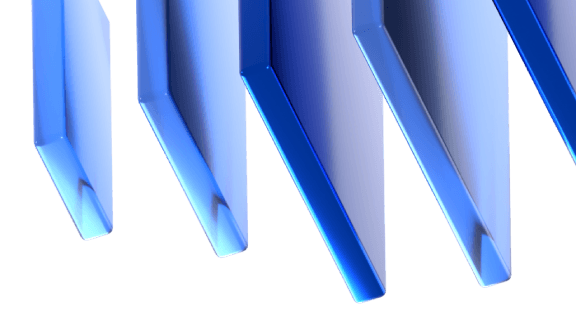
Conclusion
As you've seen, a multisite CMS can be a powerful tool for organizations with a diverse digital presence or a portfolio of websites. By consolidating the management of your online assets under a single platform, you can streamline content creation, ensure brand consistency, and achieve significant cost and time savings.
Whether a multisite CMS is the right choice for your business ultimately depends on your specific needs and goals. If you're managing multiple websites, looking to enhance your digital presence, or seeking a more efficient way to oversee your online portfolio, a multisite CMS solution may be the ideal solution.
Here at Webstacks, we help many tech leaders level up their online presence through next-gen solutions for B2B websites. Join our growing community of B2B experts and learn the ins and outs of building a website through our headless CMS implementation checklist.
If you want to learn more about Headless CMS B2B web strategy, feel free to reach out to us today!


